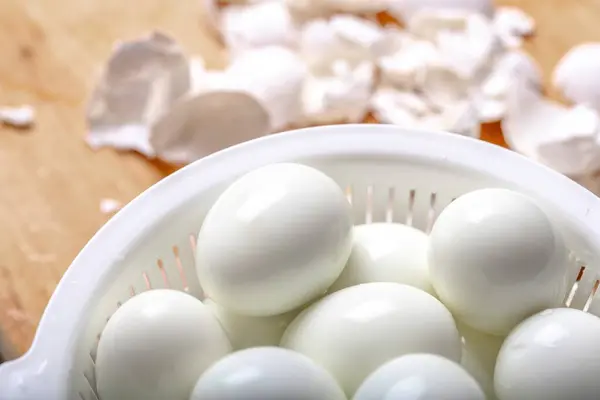Heavy Metal Exposure Linked to Lower Egg Reserves in Middle-Aged Women – A recent study by researchers from the University of Michigan has linked heavy metals, such as cadmium, mercury, and arsenic, to depleted ovarian reserves and earlier menopause.
The study involved analyzing data from 549 middle-aged women, aged 45 to 56, who were ethnically diverse: 45% white, 21% Black, 15% Chinese, and 19% Japanese.
The researchers found that the presence of mercury and arsenic in the women’s urine was connected to low levels of anti-Müllerian hormone (AMH), which measures ovarian reserve.
Key findings from the study include:
- Middle-aged women with elevated levels of heavy metals are more likely to have depleted ovarian reserves, which may lead to earlier arrival of menopause and its negative health effects.
- Arsenic, cadmium, mercury, and lead are commonly found in the general population and can have potential adverse effects on ovarian function.
- Metals, including arsenic and cadmium, possess endocrine-disrupting characteristics and may be potentially toxic to the ovaries.
- Women with higher levels of heavy metals in their urine were more likely to have lower AMH levels, indicating a diminished ovarian reserve.
The researchers emphasize that their findings require further investigation, particularly in a younger population, to fully understand the role of heavy metals as potential ovarian toxicants that diminish ovarian function.
Additionally, These findings raise public health concerns due to the widespread presence of heavy metals in the environment. Arsenic, cadmium, mercury, and lead are found in drinking water, air pollution, and some foods like seafood and rice. Understanding this link could help researchers address health issues related to heavy metals, menopause, and hormone changes.
What are the symptoms of depleted ovarian reserves
Diminished ovarian reserve (DOR) often presents no noticeable symptoms, and most women only find out they have DOR after diagnostic testing. However, some potential signs and symptoms of DOR may include:
- Difficulties getting pregnant
- Miscarriage
Heavy menstrual flow - General changes to menstrual cycles, such as a shortened menstrual cycle from 28 days to 25 days.
As women age and DOR progresses, they may also notice signs of low estrogen, such as hot flashes, trouble sleeping, missed menstrual periods, and vaginal dryness.
It’s important to note that the best way to confirm the presence of DOR is through diagnostic testing, which may include transvaginal ultrasound and hormone evaluations for follicle-stimulating hormone (FSH), estradiol, and anti-Müllerian hormone (AMH).
How women can reduce exposure
Women can reduce their exposure to heavy metals and protect their ovarian health by following these steps:
Eat a healthy diet: Consume organic foods whenever possible, as pesticides can contribute to heavy metal toxicity. Focus on detox-friendly foods like leafy greens, herbs, and spices, and limit processed foods and sugar-heavy drinks.
Stay hydrated: Drink at least eight ounces of water or vegetable juice every two hours to help flush out toxins from your body.
Avoid toxic products: Replace toxic air fresheners with essential oil diffusers, switch to organic personal care products (makeup, soap, deodorant, lotions), and use wool dryer balls instead of chemically scented dryer sheets.
Limit exposure to heavy metals in the environment: Be aware of potential sources of heavy metal exposure, such as air pollution and food contamination. If possible, avoid areas with high levels of heavy metal pollution.
Monitor your ovarian health: Regularly check your ovarian health by consulting with a healthcare professional and undergoing diagnostic tests, such as transvaginal ultrasound and hormone evaluations for follicle-stimulating hormone (FSH), estradiol, and anti-Müllerian hormone (AMH).
By taking these steps, women can minimize their exposure to heavy metals and protect their ovarian health, potentially reducing the risk of depleted ovarian reserves and earlier menopause [1].
Also read | 13 Natural Drinks to Lower Cholesterol Levels Easily








